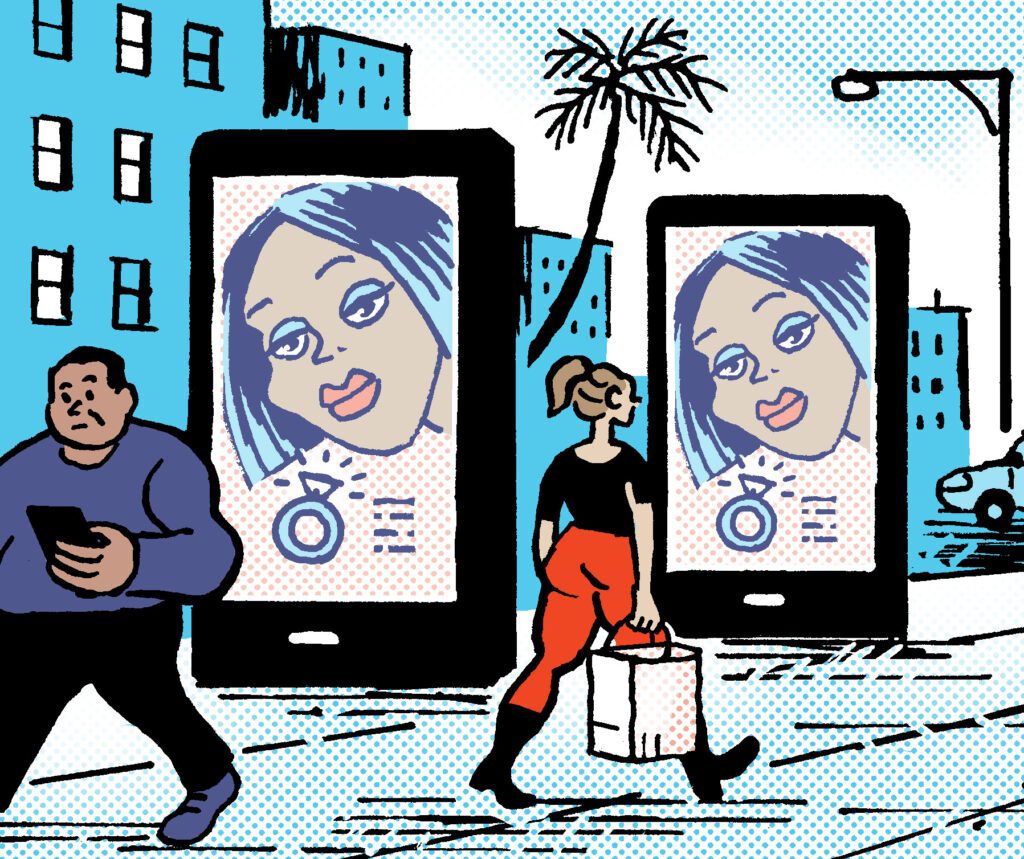Remember when the meme-stock phenomenon caught fire last year?
It was volatile, but it was also exciting, and the headlines were blaring about retail investors taking on Wall Street.
Betterment, an investment and financial services app that competes with Robinhood, has typically focused its digital advertising efforts on the bottom of the marketing funnel, including search and social.
But spurred by the meme-stock-driven rise of retail investing, the company decided to change up its tactics and pursue a brand awareness campaign centered on digital out-of-home (DOOH).
“Coming into 2022, we knew the market was hot and the category was expanding,” said Matthew Prager, director of acquisition marketing at Betterment. “But the financial services space is crowded, and somebody isn’t going to be able to research 10 or 12 options before they make their decision.”
Consideration is key
Just getting into the consideration set is a big challenge.
Betterment competes with more established legacy players in the financial services space, many of which are capable of spending 10 to 20 times what Betterment can, Prager said.
And driving brand awareness and consideration using channels like linear TV and CTV is way too pricey.
Instead, Betterment designed a data-driven, cross-channel programmatic campaign across digital display, CTV and DOOH to reach the company’s target audience of tech-adept professionals between the ages of 25 and 54 with a $100K-plus household income. The campaign ran between December 2021 and February of this year.
For the DOOH aspect of the campaign, Betterment partnered with programmatic out-of-home provider Vistar Media for access to inventory in Cincinnati, Denver, Milwaukee, St. Louis and Portland.
AdExchanger Daily
Get our editors’ roundup delivered to your inbox every weekday.
Daily Roundup
Vistar worked with its location data partner Foursquare (previously Factual) to define and reach Betterment’s target audiences.
Foursquare converted time-stamped location data derived from mobile devices tied to Betterment’s existing subscribers to create demographic and behavioral profiles that could be purchased via OpenRTB and targeted based on geo.
Betterment was also able to track the foot traffic of its existing users and layer that data on top of its own first-party behavioral and demographic data to determine which of Vistar’s DOOH screens people in Betterment’s target audience were most likely to see and at what times.
Through its DSP, Vistar could recommend the venue types most likely to attract members of the target audience and the best times of day to target them, said Lucy Markowitz, SVP and head of US sales at Vistar.
Creative control
The creative could also be tailored according to venue type and other signals.
For example, at one targeted venue, Topgolf, the creative featured messaging designed to appeal to golf enthusiasts.
The ability to change creative on the fly – like how Betterment revamped its creative for the Cincinnati market after the Bengals won their way to the Super Bowl – demonstrates the flexibility of DOOH compared with traditional OOH, Prager said.
This flexibility helped power cross-channel retargeting to drive potential users from awareness to consideration to adoption.
If a person was exposed to a DOOH impression at their local Topgolf and later visited Betterment’s website, they could be retargeted with display ads encouraging them to download Betterment’s app. Vistar could also retarget that person on mobile based on their device ID.
“Our ultimate KPI is somebody funding their account, but getting them through the journey can be difficult,” Prager said. “Once you get into our ecosystem, either by visiting our site or giving us your email address, that decreases the cost of converting that person exponentially.”
Return on investment
To measure the impact of the DOOH campaign, Betterment and Vistar worked with MFour Communications and Reveal Mobile.
M4 set a measurement baseline and tracked brand and consideration lift and the performance of ad inventory at each venue. It would then make optimization recommendations. Reveal Mobile measured the effect of DOOH exposure on site visits.
Betterment saw a 130% lift in brand consideration as a result of the campaign, a 65% lift in brand awareness and a 117% lift in account sign-up intent. People exposed to the DOOH campaign were 56% more likely to visit Betterment’s site.
“The big takeaway,” Prager said, “is that having this broader exposure and then retargeting on a one-to-one basis can be successful in driving people though that [full-funnel] journey.”
Correction 12/8/22: A previous version of this article said Betterment used Foursquare’s Factual Audience product to target the campaign. The Factual Audience name is no longer in use for that product since Foursquare acquired Factual and brought Factual’s offerings under the Foursquare umbrella.














